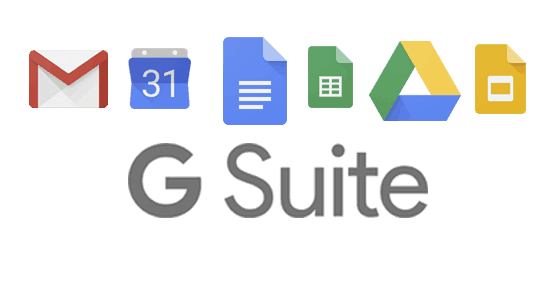Without proper organization, agencies (advertising or other) can’t accomplish half of their goals.
And while a lot can be done with accurate prioritization, there’s nothing like agency project management to do the trick and help an agency accomplish everything they’ve set out to do.
In this post, we’re going to discuss the best agency project management tools and practices.
It’s time to win over clients and get every project done in time!
Why Agencies Need Project Management

Agencies often manage dozens of clients at the same time – and they don’t even have to be Ogilvy or Saatchi & Saatchi to do it. Bigger agencies handle even more.
And when an agency works with demanding clients who don’t just want a single campaign but many, they need to get organized.
In that respect, agency project management can help – a lot. Regardless of whether it’s tracking individual tasks or multiple projects at once, agencies need to use tools to reduce their workload and make sure their attention is always where it should be:
On delivering the best possible outcomes.
In time.
Typically, project management relies on principles guiding the following aspects of work:
- Task management
- Scheduling
- Delegation
The most vital factor for agency project management success is, of course, transparency.
In order to coordinate numerous stakeholders and tasks, agencies need a project management tool that makes everyone stay on the same page.
Otherwise, they risk spiraling into chaos.
Agency Project Management Methodologies
Depending on the type of campaign, agencies can use some of the following project management methodologies to streamline their work:
Traditional (Waterfall) Project Management
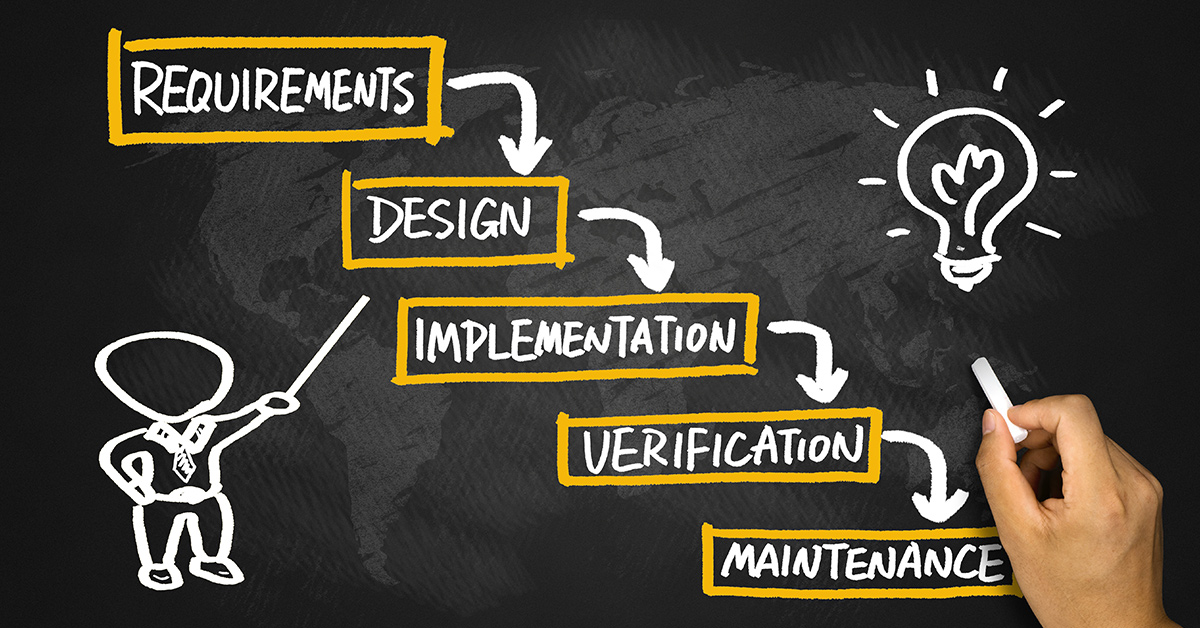 The traditional methodology is the most common one. It assesses projects chronologically – through stages (from initiation to completion).
The traditional methodology is the most common one. It assesses projects chronologically – through stages (from initiation to completion).
Each phase has clearly defined tasks and outcomes, with the final phase of the project being its completion.
For example, in the initiation phase, the project manager (team leader) will communicate with the clients to define expectations and outcomes. In the execution phase, teams complete a series of tasks.
While this is a natural way of approaching agency project management, the linear project management methodology is best suited for simple, clearly outlined, one-off projects.
Agile Project Management for Agencies
 Agile works best when applied to campaigns and projects that are recurring or require a lot of multi-tasking.
Agile works best when applied to campaigns and projects that are recurring or require a lot of multi-tasking.
For example, imagine preparing a multi-channel campaign that requires continuous feedback and optimization.
This is a reality for agencies, and it’s exactly why agile works so well.
It relies on feedback and collaboration between cross-functional teams, as well as:
- Flexibility
- Visual project management
- Transparency
- Continuous iterations and improvement
Agile originally emerged from software development due to the need for continuous changes, iterations and rapid deployment. This is what makes it particularly suitable for agencies who have to be capable of responding to (client) feedback quickly.
Scrum Project Management Methodology
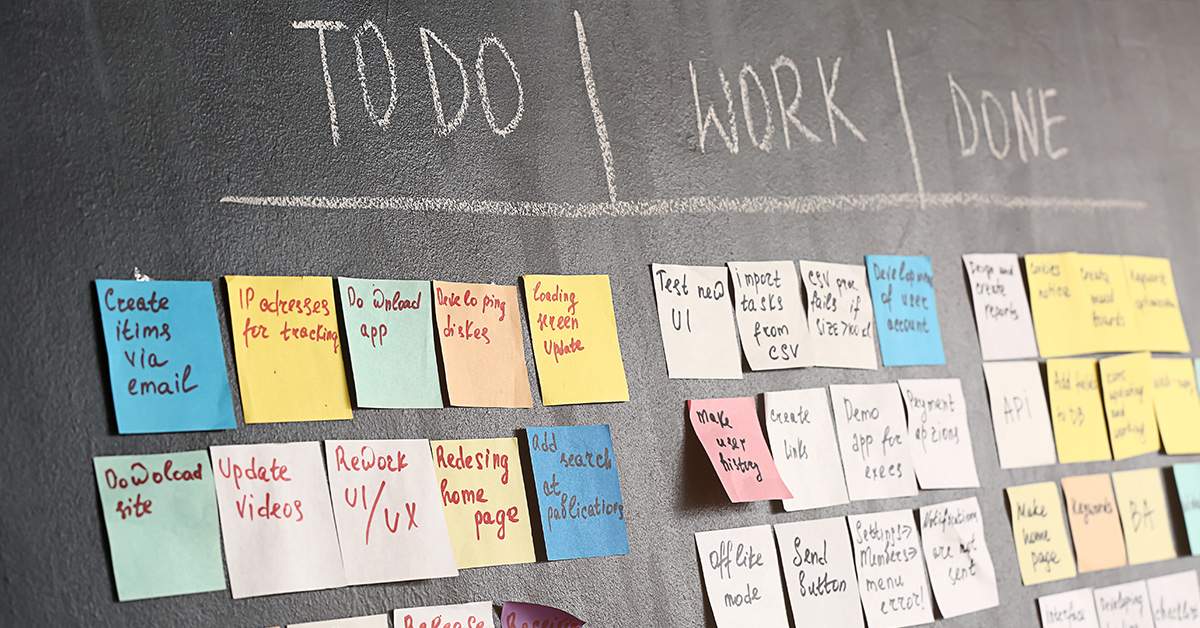 This method is best used by agencies who handle a lot of various campaigns for various clients. With traditional project management methods, things could get confusing fast.
This method is best used by agencies who handle a lot of various campaigns for various clients. With traditional project management methods, things could get confusing fast.
However, the Scrum methodology enables agencies to focus on the most important tasks at hand without losing focus by multitasking.
With Scrum, teams work in the so-called sprints, time-blocked slots.
For example, an agency sets their sprint to be two weeks. In that time, they have to complete a certain campaign.
Throughout the sprint, different team members give status updates. After the sprint is done, everyone meets up to discuss how they can make their next sprint even better.
Other tasks, which are not subject to that particular sprint, are placed in the backlog and addressed through some of the following sprints.
Scrum is incredibly fast-paced, which makes it a good methodology to consider for agency project management.
Kanban Project Management for Agencies

Finally, Kanban is one of the best project methodologies different agencies can use.
Kanban primarily focuses on operational efficiency. Just like assembly lines (which the method was inspired by), everything has to flow seamlessly.
In order to do that, agencies divide their tasks into three stages:
- To do
- Doing
- Done
Each task is then advanced through the stages, allowing teams and individual team members to focus only on the tasks at hand.
At the same time, projects and campaigns aren’t suffering because the tasks are being tracked and it’s clear to see if a certain task is problematic.
Agencies can use Kanban boards to clearly visualize the tasks and improve their efficiency. After all, the brain processes visual stimuli much better than anything else.
Within the boards (which can be physical or created with Heycollab), there are multiple columns and cards.
Each column represents a stage (for example, to-do), and each card symbolizes a task.
These features (that can be found in best agency project management tools) allow agencies to:
- Clearly visualize their tasks and progress
- Limit work in progress and improve focus
- Optimize their workflow efficiency
- Utilize feedback before it’s too late
- Improve their collaboration and stakeholder communication
It’s also much easier to notice risks when team leads can see everything clearly.
At the same time, Kanban boards make it really easy to communicate with clients. Everyone can stay on the same page without having to send hundreds of unnecessary emails.
So, which tools employ these best practices?
Best Agency Project Management Tools
There are a lot of project management tools out there, but they’re not all suitable to agency work.
In this list, we’ll take a look at a few that work like a charm:
Heycollab – The Best Agency Project Management Tool
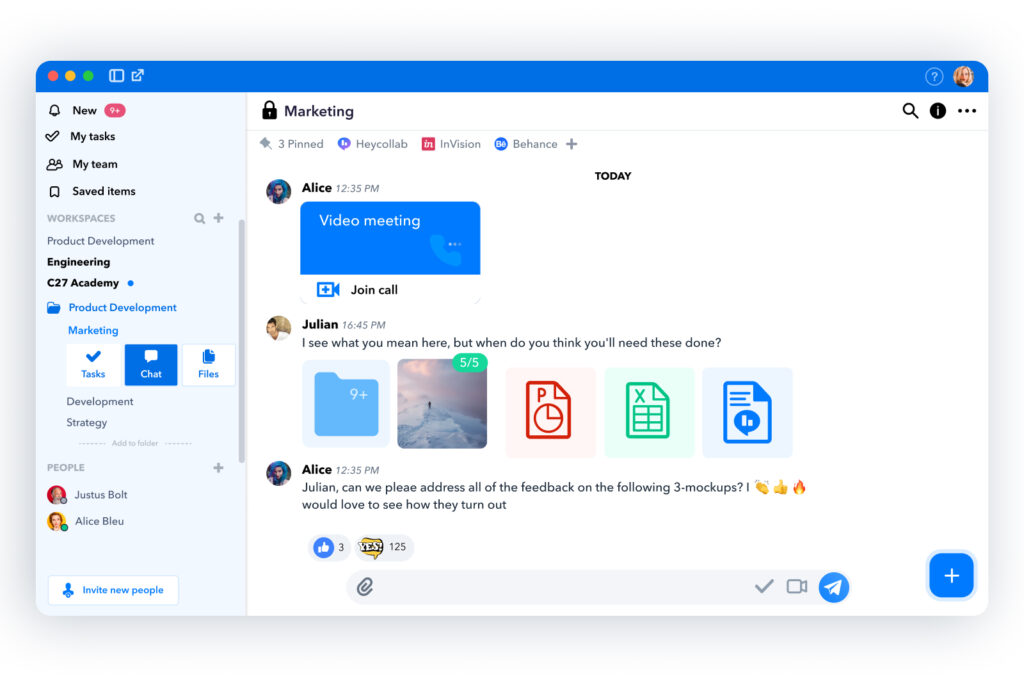
There are exactly three things that all agency teams need to work together efficiently:
- Communication (team messaging)
- Collaboration (central feedback hub)
- Visual task and project management
Now, you’ve probably used Trello for task management, Slack for team messaging, and Google Drive for storage and feedback. All three come with a price tag and efficiency loss. Switching tabs and losing focus aren’t cheap.
Fortunately, Heycollab combines all the features you need for agency project management in one seamless tool.
Heycollab is an online team collaboration tool with three incredible features:
- Virtual workspaces in which agency employees can chat, manage tasks, share feedback and discuss what needs to get done. Forget about switching tabs. It’s all there in the virtual workspace.
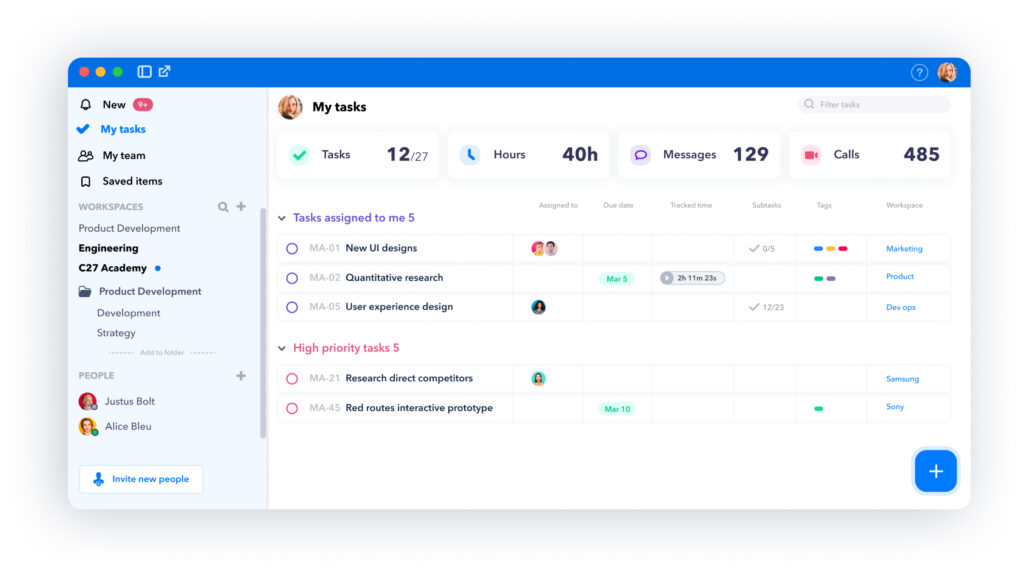
- Kanban task boards are highly visual and optimized for efficiency. Agency members can add tasks, columns and cards, move them through stages, assign them to different team members, and even ask for feedback with @mentions. They won’t have to leave Heycollab to start a chat with their fellow team members.
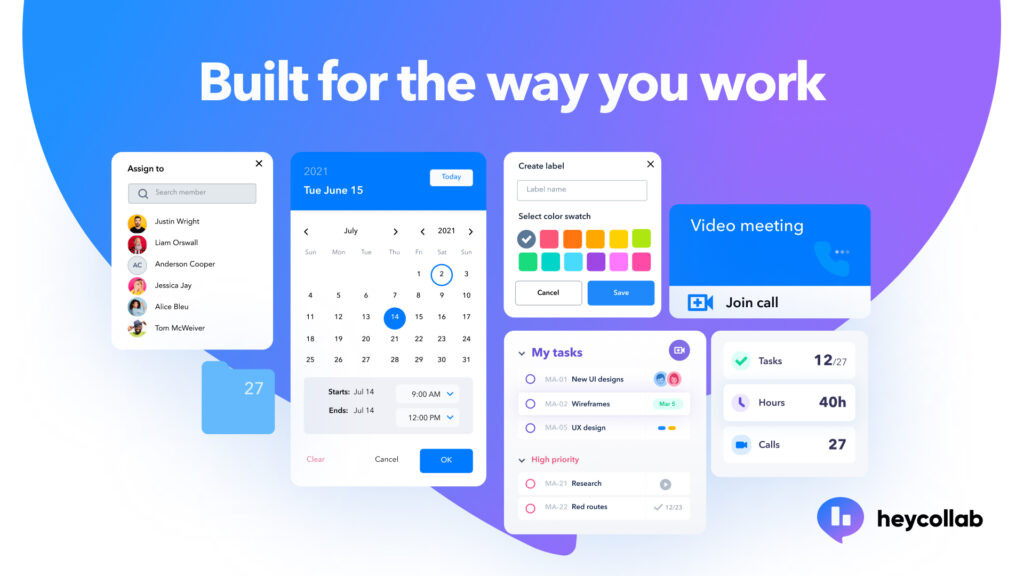
- Media and design hub can be used to store files and leave direct feedback. If agencies want to discuss it further, they can simply start a chat and reference the document. There’s no need to add integrations and attach files from Drive or Dropbox. Everything is hosted in Heycollab.
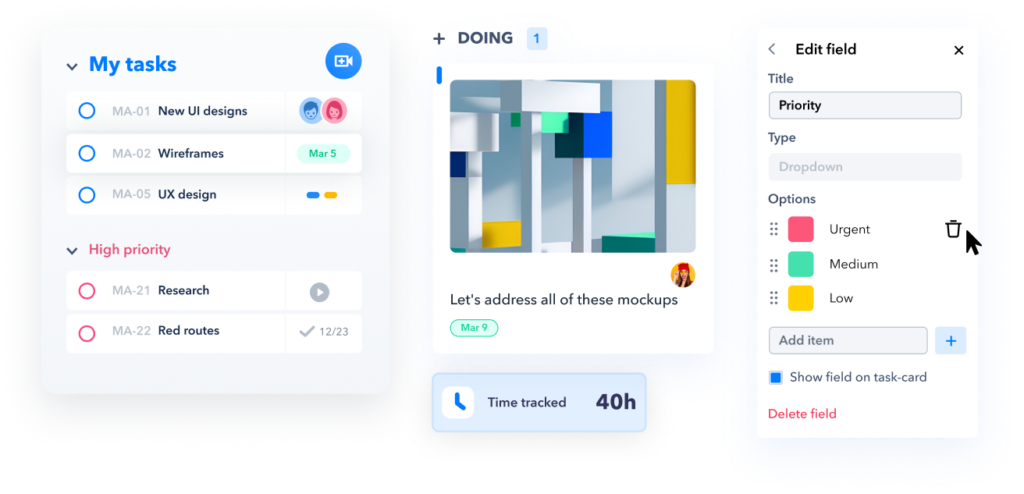
Heycollab is a complex, but not complicated tool.
Agencies can simply plug and play, knowing that everything they need to do great work is in one simple tool.
And regardless of the number of team members, Heycollab costs $12.99/month.
It’s a small price to pay for a huge productivity increase.
Asana is another sturdy project management tool. While it’s primarily created for professional project managers, agencies can use it to organize their tasks. It only has visual task management, without live chat and file storage.
However, Asana is highly customizable, template-wise, so agencies can organize their tasks as a:
- Calendar
- Kanban board
- List
Additionally, Asana has plenty of integrations for external chat and storage.
And if $9.99 per user per month seems like a lot for limited functionality, take a look at Heycollab which combines the best of all worlds in one simple workspace.
Finally, depending on an agency’s needs, G-Suite can be a simple, albeit limited solution.
Agency members can connect through email, Hangouts, and stay in sync with Google Calendar. For brainstorming, there is the Jamboard. And for document creation, G-Suite is well known for Docs, Sheets and Keep.
While G-Suite isn’t as all-encompassing as Heycollab, it can be a good solution for smaller agencies that primarily need to collaborate on documents.
For everything else, there’s Heycollab.



